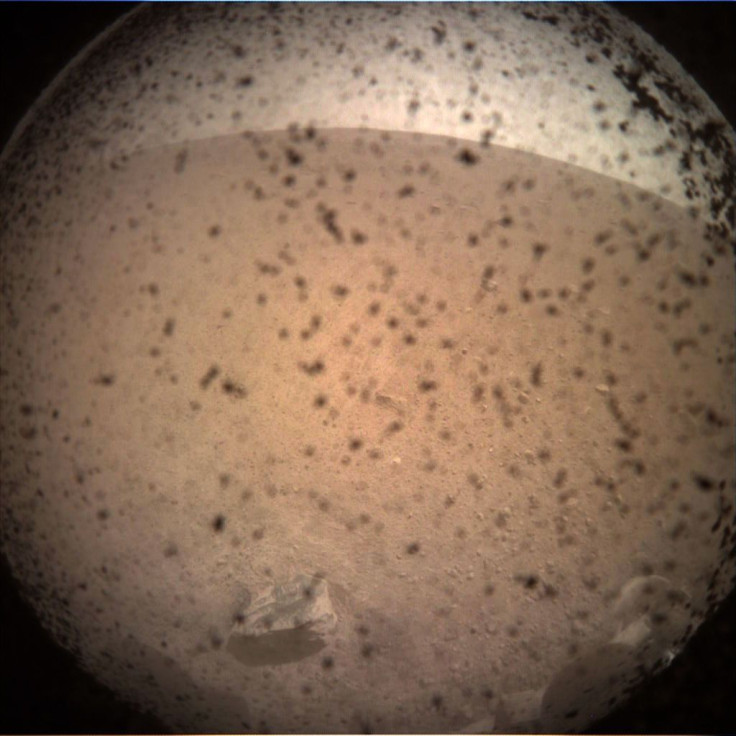Life On Mars: Scientists Suggest Looking Underground For Possible Martians

Finding life on Mars has been one of the goals of the missions on the Red Planet so far, but their search has never yielded any results. A study, however, suggested that we might need to dig a little deeper into Mars to find possible signs of life.
Mars missions usually only target the planet's surface if they are looking for signs of life. Spacecrafts usually search at sites where there was once water as this is a reliable indicator where life is found on Earth. In research published in the journal Nature Geoscience and presented last year at the annual meeting of the American Geophysical Union (AGU), however, scientists suggested that there could be microbial Martians lurking not on the surface but underground.
Explorations conducted over the past decades proved that Earth had a so-called deep biosphere below its surface. This is a subsurface environment teeming with microorganisms. Based on this, researchers speculated that Mars could have its own biologically-rich zone underground as well.
Joseph Michalski, an associate professor with the Department of Earth Sciences at the University of Hong Kong, said at the presentation of the research that maybe there was never an evolutionary push to inhabit Mars' surface. He added that it may just be our own bias established by what we know of life on Earth that we expect life on Mars to be found on its surface.
During the early days of the solar system. the primitive Mars' surface was not so different in composition from Earth's. However, when the Red Planet lost its magnetic field, Mars was exposed to bombardment from intense radiation. Michalski told LiveScience that this would have made survival on the surface of Mars nearly impossible.
But Michalski believes that life may have already existed on Mars around 3.8 billion to 3.9 billion years ago, around the same period it was taking shape on Earth. During this period, there had already been some spots that resembled hydrothermal environments found on Earth today. According to the scientist, these ancient Martians may have just adapted exclusively to life underground.
"Life could have emerged in those hydrothermal settings and survived in the subsurface for quite a long time," he said, according to Live Science.
Though it was only discovered around three decades ago, the deep biosphere has been estimated to contain microorganisms that make up nearly half of all life on our planet. According to the researcher, the deep-dwelling microorganisms on Earth have a significant role for our studies of the origins and evolution of life.
"We're at a point now where it's truly a frontier of understanding what 'deep biosphere' truly means on Earth, and how that relates to exoplanets and other planets in our solar system," he said. "It's a window into our own origins."
© Copyright IBTimes 2024. All rights reserved.




















